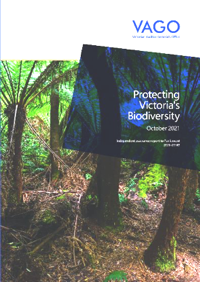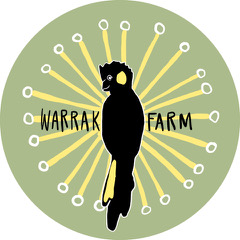A recent study examined trends in insect numbers based on archived reports on insect decline across the globe (but with the majority being from Europe and North America). They concluded that 40% of insects were on track to become extinct in the next few decades. Species at largest risk included butterflies and moths (Lepidoptera), bees and wasps (Hymenoptera), dragon- and damselflies (Odonata), and mayflies (Ephemeroptera). Interestingly, Dung Beetles specifically stood out amongst the beetles…
Biodiversity Loss: A Real and Present Danger The scourge of mosquitos and biting midges in the spate of wet weather over recent years contains a message about our continuing destruction of biodiversity. And therein lies a tale. How We Conquered the World In our barely 400,000 years of existence, Homo sapiens have demonstrated incredible resilience, creativity, and ability as we have spread out to conquer the world. Yet there appears to have…
A new, global study of plant roots has found that their average rooting depth (depth above which 99% of the global biomass is found) has decreased by 8 cm. This represents a loss of 5%, or 11.6 trillion cubic meters of rooted soil - equivalent to ten times the rooted soil of the entire Mornington Peninsula. This decrease is largely due to the move to large areas of domestic crops, where root depth has decreased by 60 cm. The result has been a substantial decrease in soil biomass and accessible…
The word "Biodiversity" pops up everywhere nowadays: it is central to Landcare's goals and aspirations; the Shire has given it the status of a new plan; open any newspaper and the word will soon appear. But what exactly is biodiversity? Many of us equate it to the number of species, perhaps with addition of the number of members of each species (aka species richness), but that is only a part of its story. Stop for a moment and imagine yourself in a rainforest, then in a desert. Which…
"Under one square metre of undisturbed ground in the Earth’s mid-latitudes there might live several hundred thousand small animals. Roughly 90% of the species to which they belong have yet to be named. One gram of this soil – less than a teaspoonful – contains around a kilometre of fungal filaments." Our soils are hurting, and most of the damage derives from common farming practices. A recent book (Monbiot 2022) reports on a farm where an area of degraded soil is now producing a…
The Victorian Auditor-General's Office (VAGO) has just released its investigation to how well Victoria's Biodiversity is managed and protected. The report is rather critical of DELWP's performance. Amongst a range of issues, they found that DELWP cannot demonstrate if, or how well, it is halting further decline in Victoria's threatened species populations. In particular, the data used to model and identify cost effective protection actions is old, likely outdated, and has some critical gaps…
The results are in on the September Biodiversity Challenge, and the Mornington Peninsula came out on top with a remarkable 1,377 species recorded, of which 1,215 were natives. The top ten:.
In 2006 our family bought a 60-acre farm in Boneo, a short walk from Greens Bush National Park, the major feature of scattered patches of remnant bushland that earlier colonists left untouched or left alone to regenerate. On Google Earth, this remnant bush appears as islands of refuge for flora and fauna, unconnected with few safe corridors for movement. It took a chance encounter with a local conservationist for my eyes to be opened to the plight of this region. Put simply, there…
In 2006 our family bought a 60-acre farm in Boneo, a short walk from Greens Bush National Park, the major feature of scattered patches of remnant bushland that earlier colonists left untouched or left alone to regenerate. On Google Earth, this remnant bush appears as islands of refuge for flora and fauna, unconnected with few safe corridors for movement. It took a chance encounter with a local conservationist for my eyes to be opened to the plight of this region. Put simply, there are…
The first trill of a Fan-tailed Cuckoo (Cacomantis flabelliformis) wafted up from the native area this week. These partially migratory birds typically arrive here around September, so this one was either late or was just keeping quiet until now. One reason for the sudden activity may be that their favourite food - hairy caterpillars - also are rapidly becoming more active. I saw the first bunch of sawfly larva bunched up on the trunk of a young eucalypt on the same day as I heard the…

